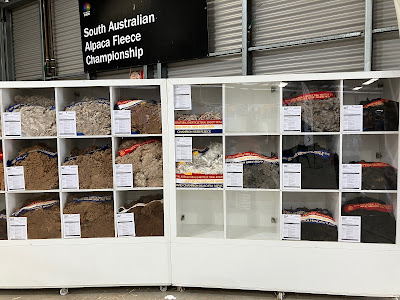I confess, this is a departure from my usual "let's do things with the least amount of money we can get away with" style. In my defence, I strive to be frugal rather than cheap. I don't mind spending the money to get a good quality, durable product, if it's something I know will get a lot of use. An e-spinner definitely fits that category for me, for several reasons.
One, I fall well on the frog hair end of the spinning spectrum, something most traditional wheels just aren't designed to accommodate. I actually found it faster (and easier on my legs) to use a spindle for the kinds of fine, high-twist yarns I prefer to spin. But, there are limits to how fine I can comfortably go on a spindle - anything past about 50 WPI and I have to concentrate just on the spinning. Not good when you typically use a spindle on the go.
Two, I have a lingering knee injury that doesn't like the treadle action of most spinning wheels (something I find hilariously frustrating given I ride a cargo bike anywhere I can't take the train).
Three, I spin mostly to weave. Much as I love spinning, I like it to end eventually so I can move onto the weaving part of the equation.
After three straight months of research, the Daedalus Falcon came out as the hands-down winner for my goals of speed, fine yarn, and product durability.

